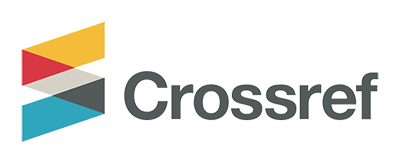Investigating the Impact of Multilingualism on Language Development: A Case Study Approach
DOI:
https://doi.org/10.59075/pjll.v2i2.348Keywords:
multilingualism, code mixing, cross-linguistic influence, early interventionAbstract
This research study follows the effects of a multilingual setting on the language development of a toddler. The participant of this research grew up in a household where three languages were spoken. The case study investigates the participant's language development via observational analysis, unstructured child interviews, and parental questionnaire. The findings conclude that the respected individual’s language development progressed at a slower pace compared to normal language development patterns. Her exposure to different linguistic structures and limited peer-peer interactions affected her language development, resulting in code mixing and cross linguistic influence. Moreover, there is also a comparison of the participant’s language milestones to the normal pattern of speech development in this study. Lastly, the study concludes that multilingualism can have both positive and negative influence on language development, and early intervention strategies are recommended for children with language delay in multilingual environments. Further research is encouraged to explore the impact of cross linguistic influence on multilingualism in diverse populations.
Downloads
Published
How to Cite
Issue
Section
License
Copyright (c) 2023 Panacea Journal of Linguistics & Literature (PJLL)

This work is licensed under a Creative Commons Attribution 4.0 International License.




















